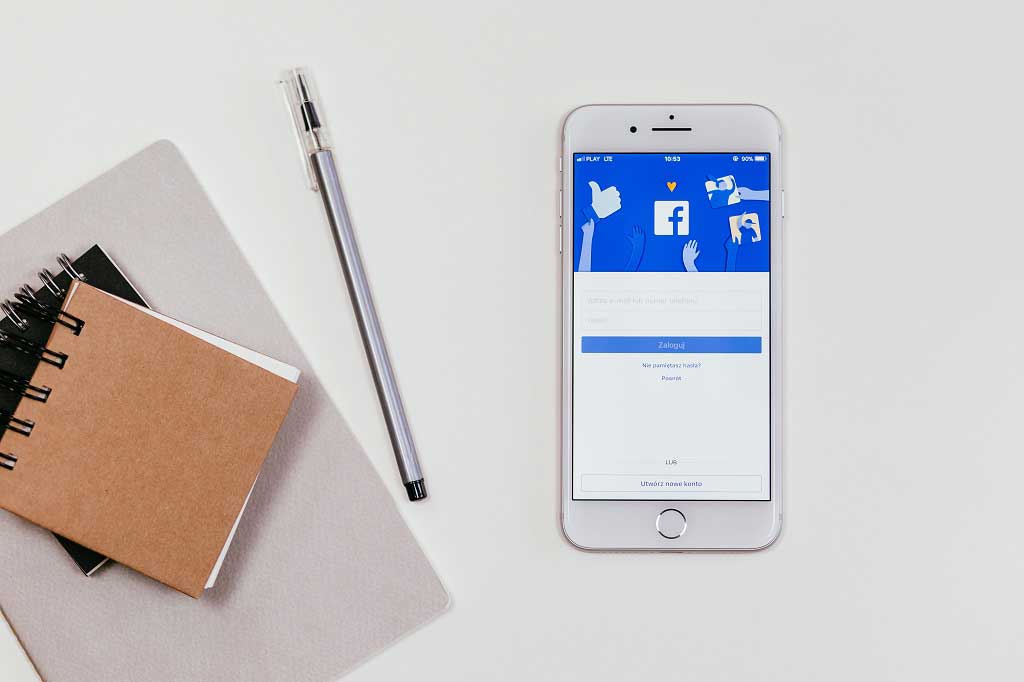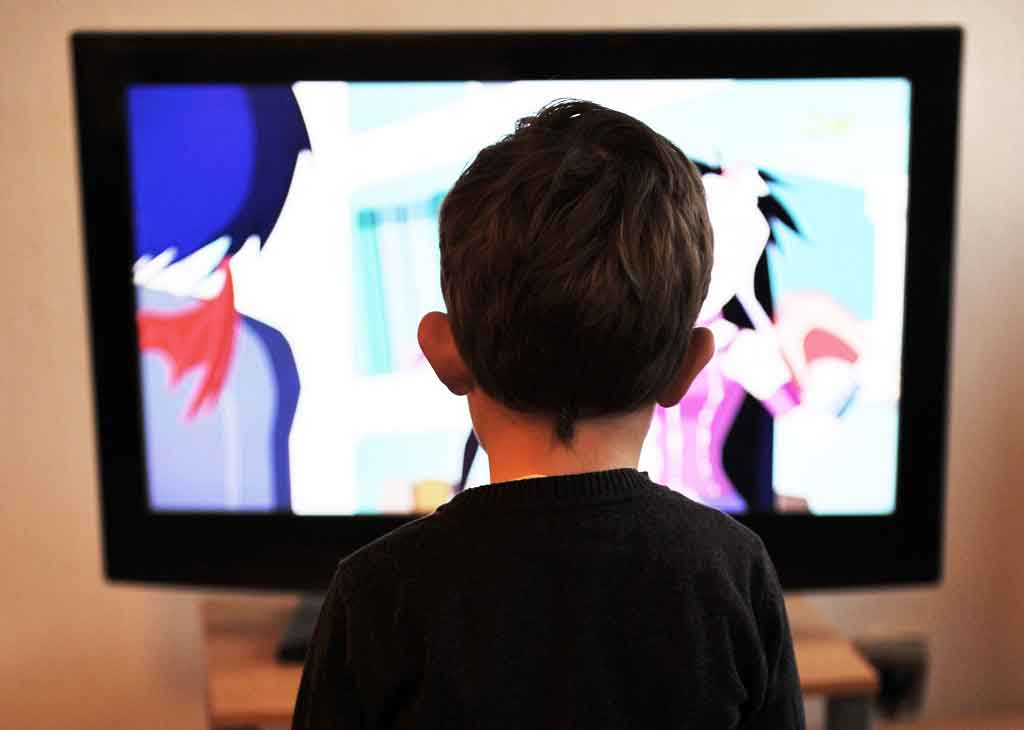More breastfeeding 'would save NHS millions'
Pregnancy and child
"Increase in breastfeeding could save NHS £40m a year," The Independent reports after a recent economic modelling study projected a reduction in childhood diseases and breast cancer rates would lead to considerable savings for the health service…
"Increase in breastfeeding could save NHS £40m a year," The Independent reports after a recent economic modelling study projected a reduction in childhood diseases and breast cancer rates would lead to considerable savings for the health service.
Proven key benefits – and potential savings – associated with (breastfeeding) a baby include a reduced risk of bowel infection (gastroenteritis), lower respiratory tract infection (bronchiolitis), middle ear infection (otitis media) and an uncommon, but serious, condition called necrotising enterocolitis (bowel tissue death).
Breastfeeding also brings benefits to the mother, such as a reduced risk of breast cancer.
Increasing breastfeeding rates in neonatal units from 35% to 75% could save £6 million per year by reducing the incidence of necrotising enterocolitis, according to the study.
In the general population, if the percentage of women who breastfed for at least four months increased from 7% to 45%, the NHS would save £11 million per year from a reduction in the types of common infant conditions described above.
Similarly, the same increase could result in NHS savings of around £21 million related to breast cancer alone over the course of a first-time mothers' lifetime.
While the figures presented in the study are only estimates, it would certainly seem breastfeeding is not only good for mother and baby: it is also good for the NHS.
Where did the story come from?
The study was carried out by researchers from Brunel University, London and was funded by Unicef UK.
It was published in the peer-reviewed medical journal Archives of Disease in Childhood on an open access basis, so it is free to read online or download.
The UK media has reported the findings of the analysis accurately, though the difference between annual savings and savings over the course of a lifetime was not made as clear as it should have.
What kind of research was this?
This research used economic modelling to estimate the potential cost savings that could be made if more women breastfed.
The researchers tell us the number of women starting to breastfeed has increased over the last 20 years to around 81% in 2010, up from 62% in 1990.
But this figure hides the fact rates of breastfeeding exclusively by six weeks are low (23% in 2010), and that most women who start have to stop before they want to as a result of problems.
Using breast milk substitutes is associated with an increased risk of breast cancer in the mother and four illnesses in infants:
- bowel infection (gastrointestinal infection)
- lower respiratory tract infection (bronchiolitis)
- middle ear infection (acute otitis media)
- bowel tissue death in preterm infants (necrotising enterocolitis) – the other three conditions are common, but this is rarer, developing in around 0.3-2.4 cases per 1,000 live births
The researchers aimed to show how many cases are likely to be a result of not breastfeeding, using the relative risk for each illness and how much this is costing the NHS. They then aimed to show what effect raising the rate of breastfeeding by varying amounts would have.
What did the research involve?
The researchers identified the five illnesses increased by using breast milk substitutes by looking at systematic reviews.
They used NHS figures from 2009-10 to calculate the cost of treatment for each condition. They then calculated the likely numbers that were related to using breast milk substitutes.
UK breastfeeding rates were taken from the 2005 Infant Feeding Survey. The researchers then calculated how many fewer cases of the five illnesses would occur if the rate of breastfeeding increased.
They used a mixed bag of definitions of breastfeeding, including "exclusive breastfeeding at four months" and "any breastfeeding at six months". From these figures, they calculated how much the NHS might save per year.
What were the basic results?
Overall, if the proportion of women exclusively breastfeeding for at least four months increased from 7% to 45%, the NHS would save £11 million per year for the three reduced infant infections.
Increasing the breastfeeding in neonatal units from 35% to 75% could save £6.12 million per year by reducing the incidence of necrotising enterocolitis.
To save £21 million from breast cancer, breastfeeding rates for women would have to halve the number who have never breastfed (from 32% to 16%) and double the number of women who breastfeed for 7 to 18 months (from 16% to 32%).
If the health gains for women using National Institute for Health and Care Excellence (NICE) figures for Quality of Life Years is added, the widely reported saving of £31 million is estimated.
How did the researchers interpret the results?
The researchers concluded that, "Increasing the current breastfeeding rates is likely to generate substantial cost savings to the NHS in the UK; the actual amounts saved will depend on the extent of the increase and the effectiveness of interventions."
They say that, "While the cost of these interventions must be considered, the potential savings indicate that substantial further investment has a strong economic case."
Conclusion
This economic model estimates that increasing the number of women who start and continue to breastfeed would save the NHS tens of millions of pounds.
These savings would come through reduced incidence of three infectious diseases that occur in infancy, reducing the number of newborns who have necrotising enterocolitis, and reducing the incidence of maternal breast cancer, all of which are beneficial to the health of mother and baby.
But these savings, as with all economic models, have been calculated using a number of assumptions, including the estimated rate of breastfeeding in the UK, which was taken from 2005 figures.
As the Infant Feeding Survey is conducted every five years, it is unclear why the more recent figures from the 2010 survey were not used.
The 2010 survey indicated the UK rate of breastfeeding for four months has already increased from 7% to 12%. Using this updated figure would clearly reduce the estimated cost savings.
Although it is encouraging that breastfeeding rates appear to be on the increase in the UK, we are still very far behind other developed countries, such as Australia, where the rate of exclusive breastfeeding at three months was 39% in 2010.
If you are able to breastfeed, the benefits to you and your baby are numerous:
- breast milk is the only natural food designed for your baby
- breastfeeding protects your baby from infections and diseases
- breast milk provides health benefits for your baby
- breastfeeding provides health benefits for mum
- it's free
- it's available whenever and wherever your baby needs a feed
- it's the right temperature
- it can build a strong physical and emotional bond between mother and baby
- it can give you a great sense of achievement
This economic analysis indicates that not only would increasing the rate of breastfeeding be beneficial for the health of mothers and babies, it could save the NHS tens of millions of pounds.
If you are having problems breastfeeding or you are expecting a baby and want to learn more about breastfeeding, the breastfeeding section of our pregnancy and baby guide may help.






 Subscribe
Subscribe Ask the doctor
Ask the doctor Rate this article
Rate this article Find products
Find products






